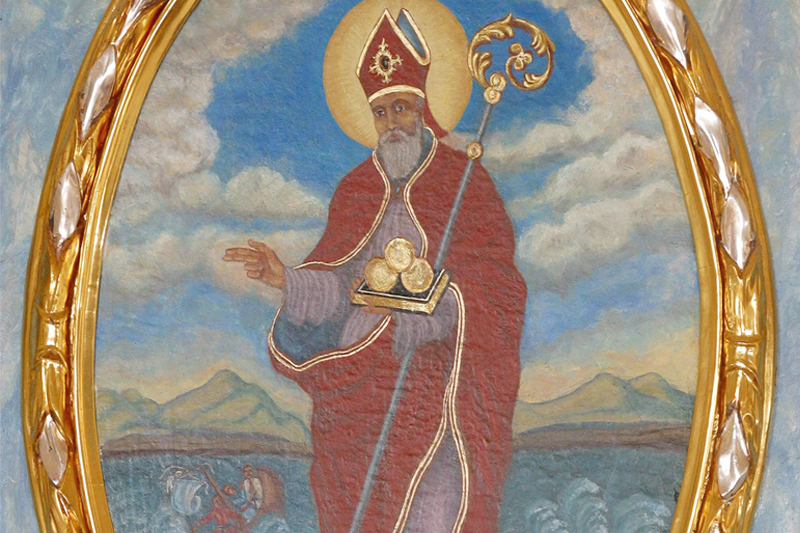The History of Pawn
CHINA
Pawnbroking humankind’s oldest financial institution, pawn loans can be traced back at least 3,000 years to ancient China.
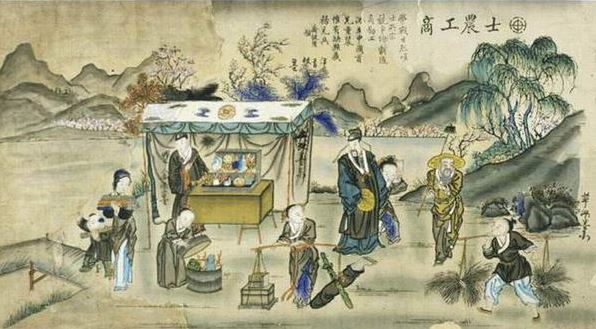
ANCIENT ROME
Pawnbroking also thrived in ancient Greece and Rome, often giving merchants a way to fund their small shops or fund ships for trade. In fact, the word “pawn” stems from the Latin word “patinum,” meaning cloth or clothing. For the working class, clothes were often the most valuable items they owned and could be pawned to meet everyday needs.
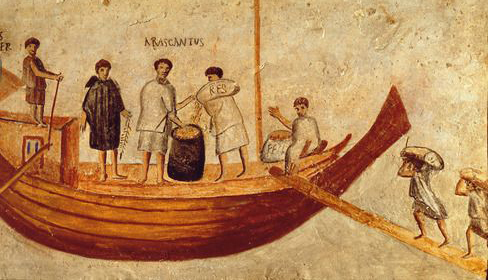
MIDDLE AGES
Prominent families such as the Lombards of England and the Medicis of Italy became known as money-lending families. England’s King Edward III famously pawned his jewels to the Lombards in 1388 to help finance war against France.
In the 14th and 15th centuries in Europe pawn as short-term credit became an important way of financing business endeavors and granting temporary aid to the poor. Pawns also financed events that changed world history! Queen Isabella of Spain famously pawned her royal jewels to finance Christopher Columbus’ voyage to the New World.
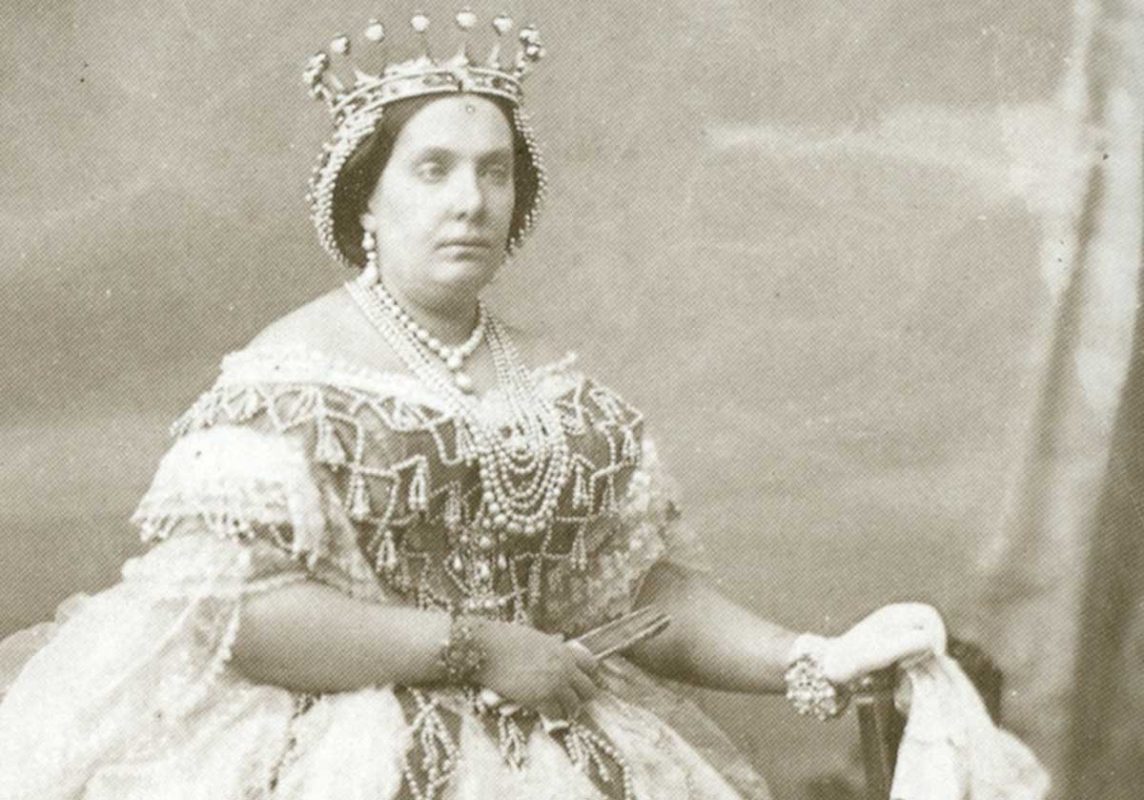
17th & 18th CENTURIES: THE START OF PAWN REGULATIONS
In the 18th century, public pawnshops began offering low-interest loans to the poor to curb debt. In the 19th century, the practice of pawning clothes on Monday and retrieving them on Friday–“payday”–was a common way for poor people to make it through the week.
Since people in need of quick cash were more apt to be on society’s fringes during this era, protections were put in place to try to prevent the pawning of stolen items. The Pawnbrokers Act of 1872 in England established regulations protecting pawnbrokers who inadvertently sold stolen items. This act also stipulated the amount of interest charged on pawned items and set out general guidelines for the industry, establishing a regulation pattern that exists even today.
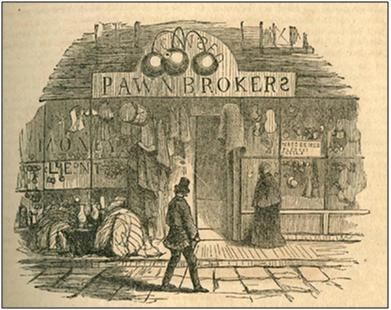
PAWN TODAY
Today, many people depend on pawnbrokers to help them meet daily financial needs not offered by other institutions. Pawn customers represent the working families of America who periodically experience an unexpected need for short-term funds. Pawn loans keep the electricity on, the rent paid and cars running with full tanks of gas. Today’s pawn stores are attractive, welcoming places to do business. Most of them are family-owned and operated stores that offer superb customer service. Pawnbrokers comply with all federal, state, and local regulations and laws. In most jurisdictions, they provide local law enforcement with data on all transactions daily.

THREE GOLD BALLS & THE SANTA CONNECTION
Traditionally, the pawnbroker’s symbol is three gold spheres hanging from a bar. This stems from St. Nicholas, recognized in America as Santa Claus, is the patron saint of pawnbroking. He is reported to have left three bags of gold so the daughters of a poor man could afford to marry. Later the tradition transformed the bags into three gold balls, which became the symbol of pawnbrokers.
